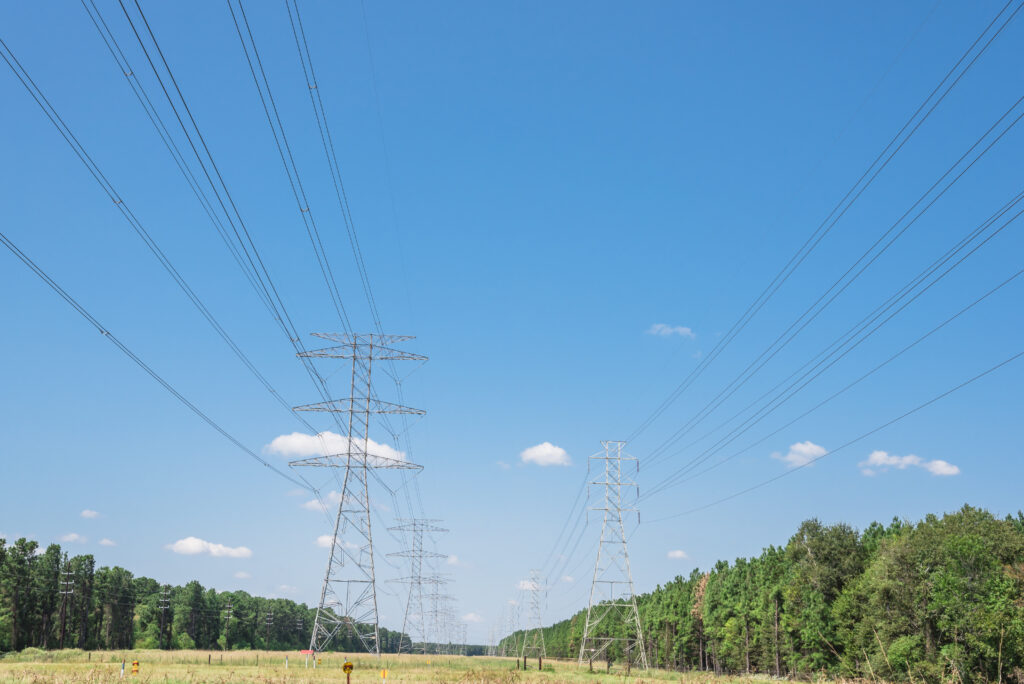
The extraordinary rate of the change in the electric industry has shined the spotlight on new challenges – both for responding to how we use the grid now, and for planning to be prepared for how we will use electricity in the future. It’s becoming increasingly apparent that we need a lot more infrastructure – including transmission lines, stretching longer distances, to adapt the grid to meet our needs reliably.
In February 2020, MISO released “MISO’s Response to the Reliability Imperative,” a sweeping report that built upon previous studies (such as the landmark Renewable Integration Impact Assessment, or “RIIA Study”) and details a worrisome and accelerating pattern of regional transmission system reliability issues in the MISO footprint. The fundamental reliability issue identified by MISO was a growing inability for MISO to ensure that its system had enough widespread generation available to meet the demands of load on every hour of every day basis, as evidenced by a pronounced uptick in the number of emergency events in the MISO footprint since 2016. Historically, emergency events occur in summer months and the current planning process accounts for this. But, in the last five years there has been a trend of emergency events in off-peak seasons. The February 2021 Arctic Winter Weather Event was yet another chilling reminder that MISO’s system is becoming increasingly stressed, particularly during traditional “off-peak” times.
To address the reliability issue, MISO has introduced a Long-Range Transmission Plan (LRTP) – a transmission roadmap that will identify transmission projects to address regional needs as the resource fleet continues to evolve. It’s important to note that in Michigan and throughout the MISO footprint, this transition is already well underway. Coal generating plants are retiring, clean energy is coming online and electric vehicles are on the verge of becoming mainstream. MISO projects this generation resource transition will become even more pronounced 20 years into the future.
These renewable generation resources are “intermittent resources,” meaning they only generate electricity when the sun is shining and the wind is blowing, so they will require support from this LRTP to maintain the reliability we all expect from the power grid. LRTP is expected to significantly increase interzonal transfer capability throughout MISO, which should increase the ability of Michigan to rely on generation resources in other areas during Michigan’s times of need, and to market Michigan’s generation to other MISO members during their times of need. The LRTP will provide a new regional backbone necessary to accommodate the vast changes in the MISO footprint’s generation fleet looking 20 years into the future.
Historically it can take 10 or more years from planning through completion of transmission projects. The time to plan for our future is now.

